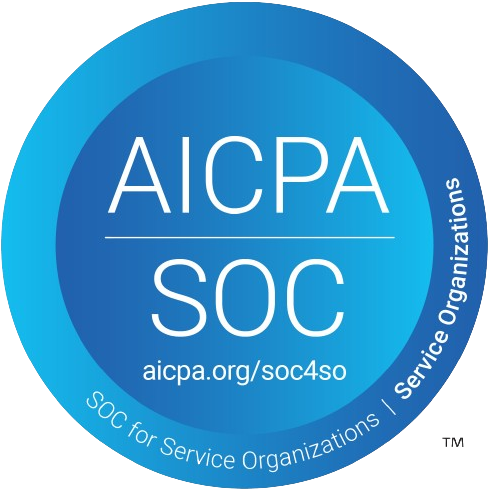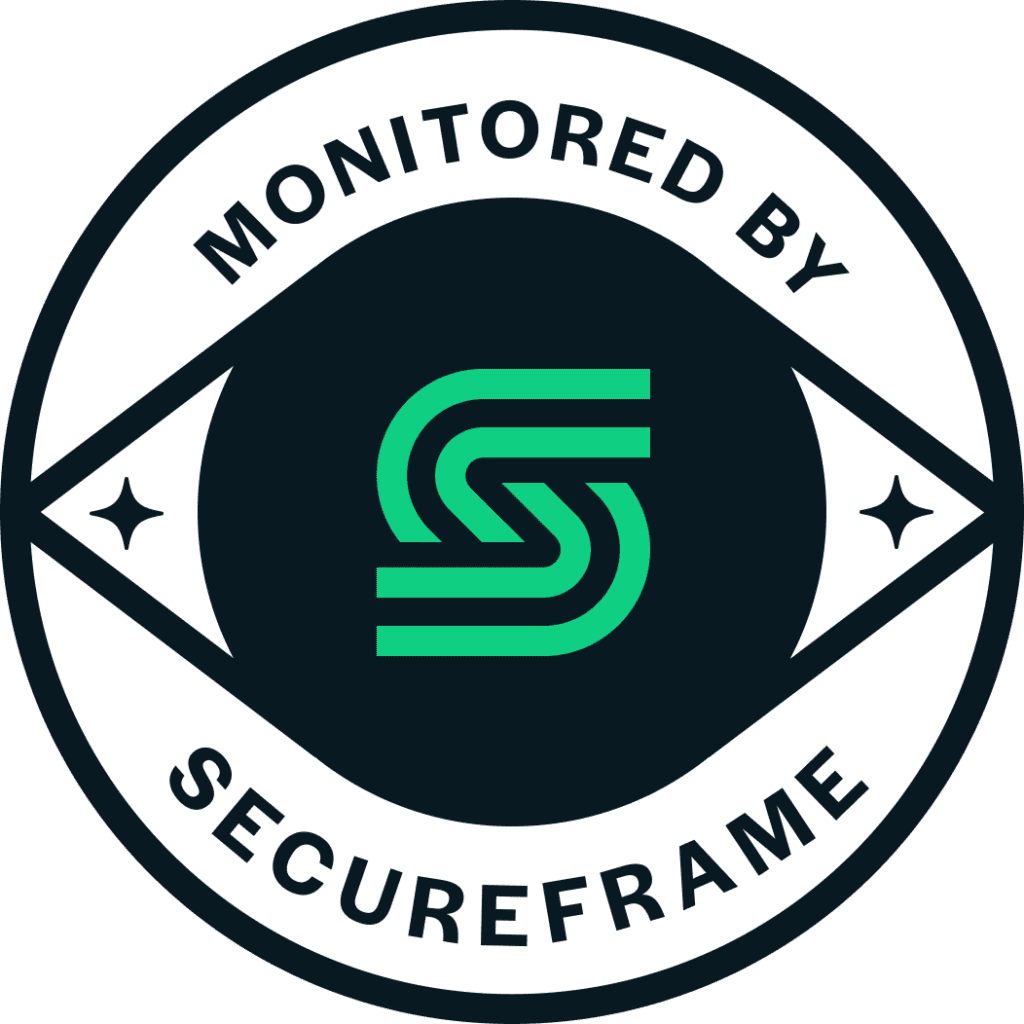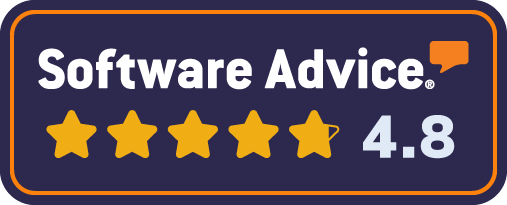CredSpark Case Study
Using Skills Assessment to Unlock Actionable Insights & Workforce Potential
What is the most important outcome your organization expects from assessing employee skills and potential?
What is the most important outcome your organization expects from assessing employee skills and potential?
We’ve learned from clients who are really innovating in talent development that it’s actionable insights into how to align employee potential with organizational goals.
The ‘right’ data. Cyber safety. Accurate skill signaling. Personalized assessments. Streamlined tools that save costs.
In the realm of skills assessments, conventional methods often provide only surface-level insights. Multiple-choice quizzes, for example, can provide important skills information to organizations; however some businesses require more sophisticated methods of measurement that can provide a deeper level of analysis to create the needle-moving impact that they desire.
What if assessments could offer more than just transactional experiences? What if they could deliver nuanced insights into candidates’ capabilities, preferences, and potential? And what if you could easily and securely create a continuous data stream that feeds all of these discoveries into your existing analytics platforms?
Skill-based assessments offer a paradigm shift, providing L&D teams and their organizations with valuable learner engagement and data beyond mere answer responses. How confident are you in the accuracy of your current talent assessment methods?
Case Study Synopsis
- What is Skills Assessment?: How Do Employee Skill Levels Impact Your Business
- Skill-Based Learning Strategies: Views on Job-Readiness & Organizational Learning Are Changing
- DataPoint: More Interactions Leads to Deeper Data
- Embrace the Evolution: Your Assessment Strategy Needs to Adapt to Shifting Environments
- Interaction: How Does Your Organization Think About Skills Assessment
- Scenario: Skills Assessment That Moves The Needle
- DataPoint. Learning Data is a Key Competitive Advantage
- Impact: What Talent Development Professionals Are Saying
- Personalized Learning Experiences: Deeper Engagement Leads to Better Learning Outcomes
- Examples, Ideas & Innovations: Explore how these concepts can be put to use
- Get Ideas, Insights, & Inspiration: Want to Connect with CredSpark?
- Additional Resources: More Strategies and Innovations in Skills Assessment
What is Skills Assessment?
How do you measure impact? How do employee skill levels impact your business?
Online Assessments are often thought of as individual checkpoints. We´re all familiar with the typical quiz after having completed a lesson, course, training, or piece of content. And these types of “weigh stations” on a learning journey are important, but they don’t always reflect the bigger picture: How are employees developing skills over time? How is that skill development impacting the achievement of larger organizational goals?
And that is where the opportunity lies: measuring competency development and capturing skills data in a way that reflects the larger purpose, for both businesses and learners.
When you zoom out on the skills journey to consider multiple points of interactions with learners—self-assessment, self-discovery / awareness, different learning interaction points like live training, emails, messages, courses, content, peer- and manager-reviews, confidence levels, simulated tasks, and more—you are able to paint an accurate picture of how well your skills strategy is providing the scaffolding for your company’s and your workforce’s growth.
Imagine the impact any one of these scenarios would have on your learners and business:
- A field rep’s scores on product knowledge assessments are mapped to their sales volume to help identify knowledge gaps that may be affecting their performance.
- You capture skill-related data from multiple assessment points and transfer it to individualized skills dashboards for learners, as well as automatically feeding that data into job-readiness databases that indicate an employee’s preparedness to get started in a new role or specialized work.
- You manage a call center, where employees must be trained/certified to take calls on various products. You give automatically scored assessments during/after training, but also leverage technology to allow human graders anywhere on Earth to review and provide feedback on practice presentations or calls.
These opportunities really just scratch the surface when you start thinking of skills assessment and talent development as a progressive experience instead of a series of discreet interventions.
Forward-thinking organizations are adapting to rapid change through the adoption of skill-based learning strategies.
More and more organizations are changing the way they view job-readiness and organizational learning because they need to agilely adapt to quickly changing environments. Highly adaptable organizations are doing this through a shift to skill-based hiring, training, and career development.
A skill-based approach to the workforce is not complete without an assessment component that can meet the needs of the organization to index skill levels, measure skill development, benchmark important organizational skills, as well as tie this information back to business goals. Organizations that implement this shift sooner—and do it with the larger ecosystem in mind—will have a workforce that can meet today’s challenges. Those that don’t may get left behind.
This shift requires assessment capabilities that are able to isolate skills, measure them over time, and feed that information back into HR and business analytics to reach full impact for the organization.
DataPoint
More learner interactions means more data points and more insights.
5.8 M +
Completed Learner Interactions Through CredSpark Within the Past 7 Years
Embrace the Evolution:
Revamp your assessment strategy to thrive in shifting environments.
As businesses shift to a skills-based talent selection and nurturing strategy necessary to grow in the current landscape, their assessment strategy inevitably evolves alongside it. Our use-case data shows that organizations that are early adopters to this change are leveraging: (secure) skill-assessment data transfer to internal business analytics platforms, personalizable skill-gap detection tools to lead learners towards the appropriate learning paths, and all-in-one assessment tools that can cover a variety of applications like surveys, polls, gaming, live-event interactions, knowledge checks, and complex compliance certifications.
What impact are they seeing?
- An improved ability to measure workforce readiness against business goals.
- Increased ROI on assessment / engagement tool investment.
- Robust data sets that improve business intelligence.
- More precisely targeted learning.
- Increased efficiency in identifying skills and matching them to roles.
- Faster skill-mapping across job families.
- More varied techniques to validate skill levels, including confidence ratings, manager / peer reviews
- Tighter control over sensitive data
Skill assessments connect raw capabilities to workforce potential. By embracing this approach, organizations gain insights that drive strategic decisions, targeted training, and precise recruitment efforts, propelling accelerated business growth in dynamic landscapes.
CredSpark Interaction
How about your organization’s skills assessment strategy?
Share how your organization thinks about skills assessment.
Imagine this scenario:
Skills assessment that moves the needle.
Your business established a few key skills essential for their expansion plan. You offered a training cycle for employees to develop the skills. They rated the training very well. They responded mostly correctly in the follow-up quiz. But, they are running into obstacles in the field nonetheless. Something was missing in your assessment process and that something is causing frustration for workers and money / time for the organization.
These types of situations used to be common with traditional skill assessment approaches. They were linear snapshots, often knowledge- rather than skill-based. Implementing multi-point, varied, longitudinal skills assessments, that include data-sharing with larger business analytics, provides an opportunity for organizations to produce actionable, real time insights that boost performance and accelerate business outcomes.
The personalization of learning experiences, increased variety of skill signals, and synergy with larger business intelligence platforms, not only increases engagement with learners, but also creates a seamless stream of practical intelligence that demonstrates how skills strategies are influencing organizational goals.
Skills-assessment tools that allow you to interact with learners at multiple points in their journey, personalize assessments, and easily feed this information back to the business provide a clear advantage over previous methods of skill evaluation and analysis. This means lower costs and better outcomes for organizations.
DataPoint
Actionable data that seamlessly moves from your skills-assessment tool to your business is a key competitive advantage.
36,877,218
Total Number of Data Points Collected by CredSpark Learning & Talent Development Clients Over the Past Seven Years
Talent Development Professionals Are Talking
Well designed skills assessment strategies can have profound impacts on an organization.






Responsive, Personalized Learning Experiences
Personalization leads to deeper engagement. Deeper engagement leads to better learning outcomes.
Tailoring the learning experience to each employee is key. By gathering detailed data on individual learning preferences, strengths, and areas for improvement, companies can create personalized learning programs that truly resonate with their workforce. This approach not only boosts employee engagement but also enhances skill development and knowledge retention.
But it’s not just about collecting data; it’s about using it effectively. By analyzing this data, organizations can identify trends and insights that inform their learning strategies. This enables them to optimize training programs, allocate resources efficiently, and ensure that employees receive the support they need to thrive in their roles.
When companies combine personalized learning with data analysis, everyone benefits. Employees feel valued and empowered, while organizations see increased productivity and performance. It’s a win-win situation that fosters continuous learning and growth within the corporate environment.
Launch These Ideas Into the Real World.
Examples, Ideas, & Innovations
Using interactive content in skills assessment and training isn’t just theoretical. Hundreds of HR and talent development teams using CredSpark are doing it on a daily basis. CredSpark’s Learning Team has put together a few concepts and innovative use cases for you to explore.
Explore how you can put learners on a path that’s best suited for their individual needs. Learn more
Discover how confidence-based scoring can add depth and dimension to your assessment data. Learn more
Learn how multimedia pre-work interactions can improve engagement for on-site training. Learn more










